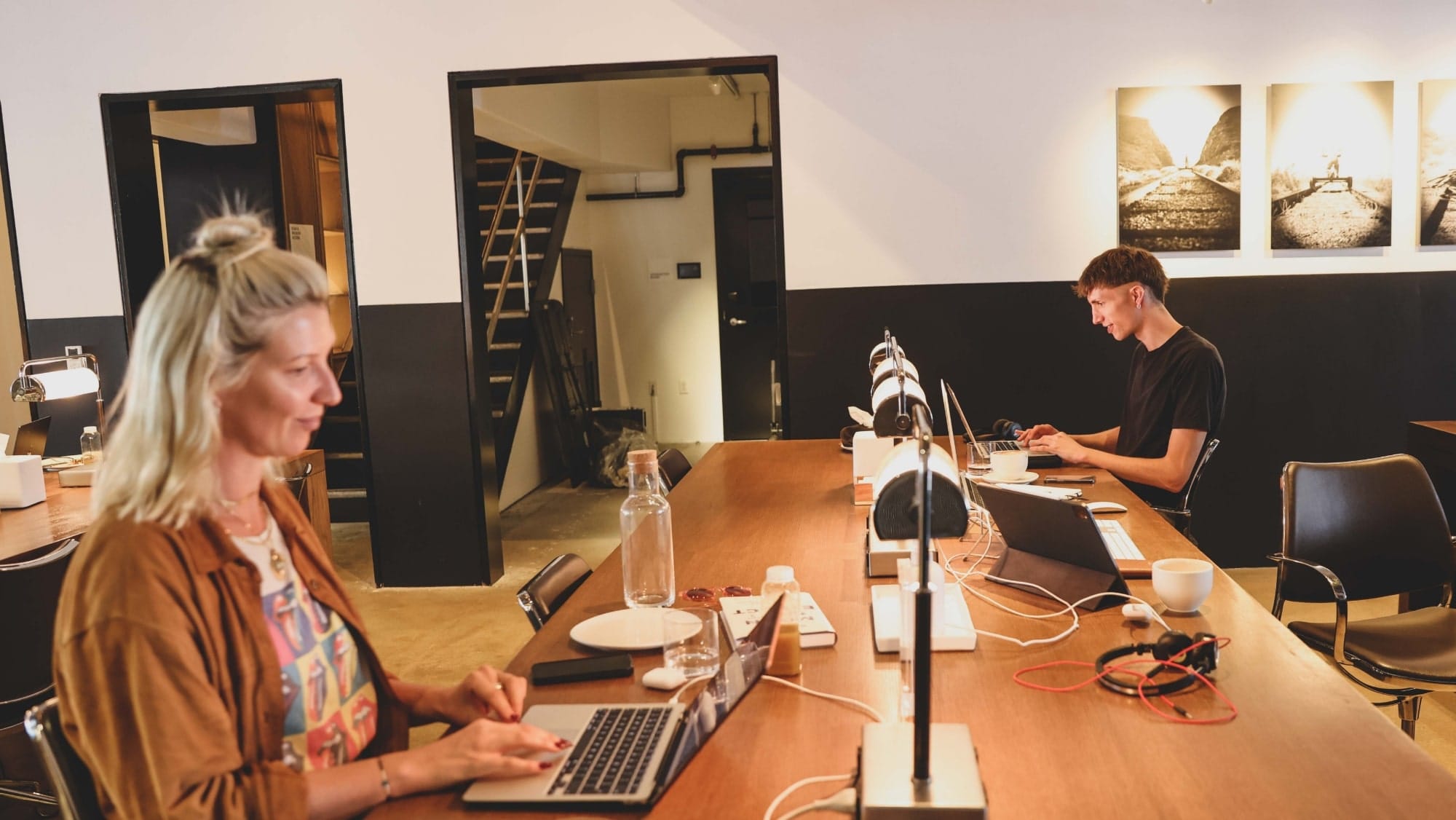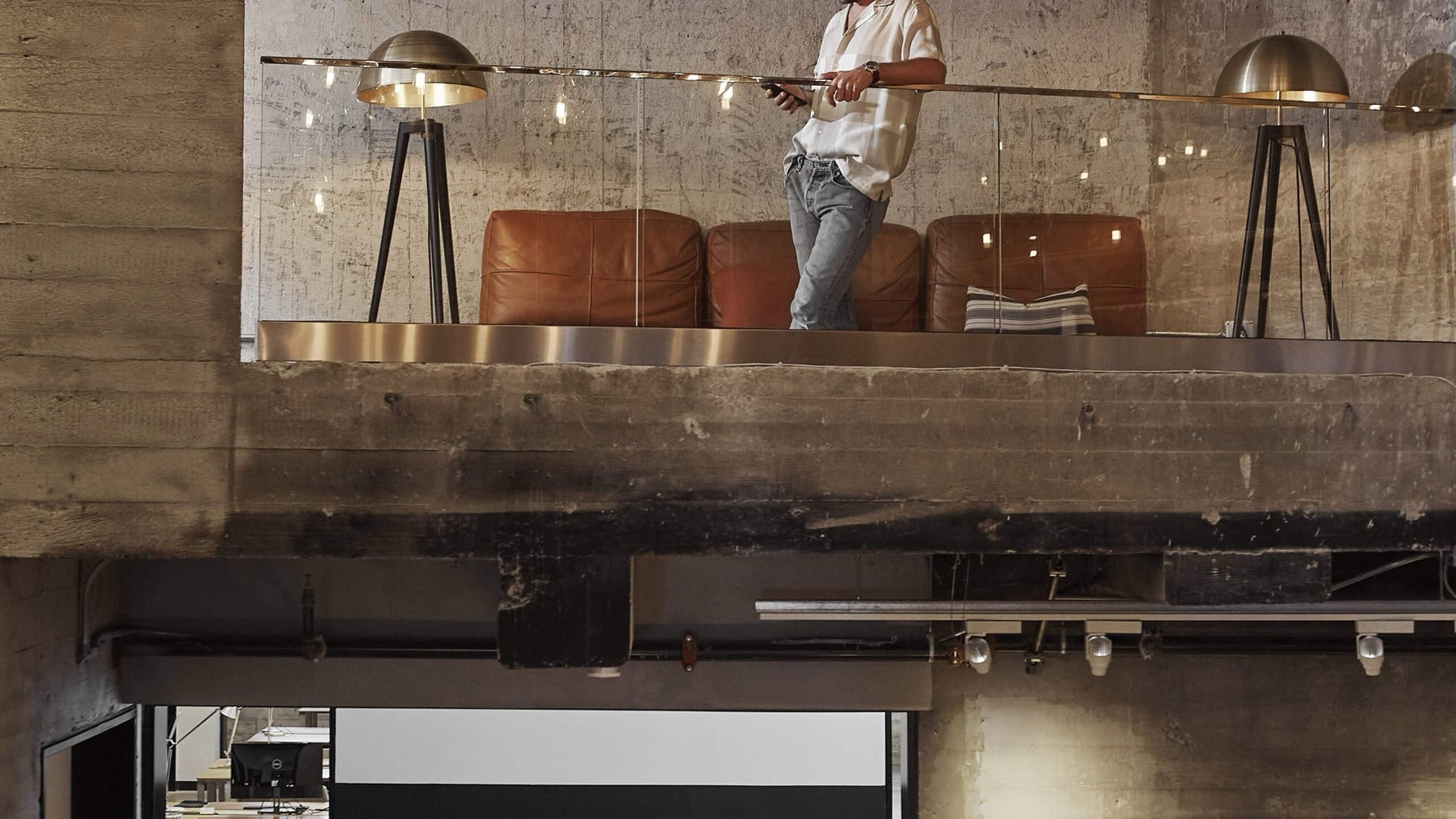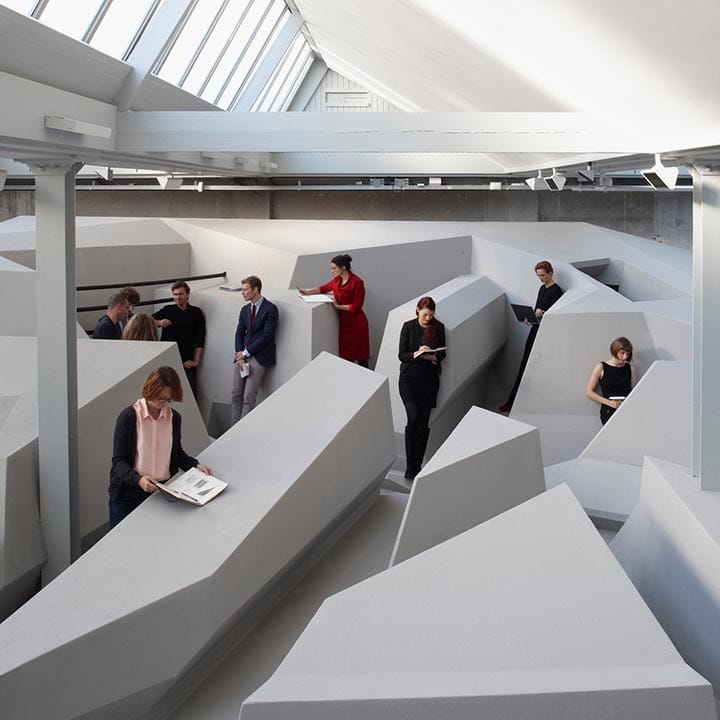
In today’s rapidly evolving business landscape, traditional corporate offices are becoming obsolete. As this corporate past fades away, a shift in mindset is taking place—one that embraces the flexibility and freedom of nontraditional office environments: where coworking spaces are the norm rather than the exception, remote teams connect effortlessly across borders, and office spaces become shared havens for creativity, innovation, and connection.
The decline of the traditional corporate office
Gone are the days when employees were required to endure a lengthy commute before being tethered to their desks from 9 to 5, trapped within the confines of a traditional corporate office. The rise of technology and shifting attitudes towards work has sparked a revolution that is reshaping how we view and conduct our professional lives.
Traditional corporate offices, along with their intransigent hierarchies, rigid policies, and strict schedules, no longer align with the changing needs and desires of today’s workforce. Employees yearn for more flexibility—the ability to choose where and when they work best— and seek environments that foster creativity, collaboration, and personal growth.
This decline in traditional corporate offices can be attributed to several factors. Advancements in technology have made remote work not only possible but also efficient. With a laptop and an internet connection, employees can now connect with colleagues across continents or collaborate seamlessly from their favorite coffee shop.
The emergence of coworking spaces has disrupted the concept of dedicated office spaces altogether. These shared environments provide professionals with all the necessary amenities while fostering a sense of community among like-minded individuals who may come from diverse industries or backgrounds.
Moreover, companies are recognizing that by embracing flexible work arrangements like telecommuting or hot-desks they can attract top talent without geographical limitations. This shift allows businesses to tap into a global pool of skilled professionals while reducing overhead costs associated with maintaining large physical office spaces.
The declining popularity of traditional corporate offices does not signify their complete extinction; rather it reflects an evolution in how people define productivity and success in their professional lives.
The rise of the flexible workplace
The rise of the flexible workplace has been a game-changer for many businesses and employees alike. One of the key drivers behind this shift is technology. With advancements in communication tools and collaboration platforms, remote work has become more feasible than ever before. Employees can now connect with their teams and clients seamlessly, regardless of their physical location.
Another factor contributing to the rise of flexible workplaces is changing attitudes towards work-life balance. People no longer want to sacrifice personal time for long commutes or rigid schedules. They value flexibility above all else in choosing when and where they work, allowing them to better manage their commitments outside of work.
Flexible workplaces also offer cost-saving benefits for businesses. By reducing or eliminating the need for dedicated office spaces, companies can cut expenses on rent, utilities, and maintenance costs. This allows organizations to allocate resources more efficiently and invest in other areas that improve company culture and drive growth.
In addition to financial savings, flexible workplaces foster increased productivity and employee satisfaction. When individuals have control over their working environment, they often experience higher levels of motivation and engagement. This ultimately leads to improved performance and outcomes for both employees and employers.

The challenges of a flexible workplace
Flexibility in the workplace has numerous benefits, but it also comes with its fair share of unique challenges. One major challenge is maintaining effective communication among remote teams. Without face-to-face interaction, miscommunication and misunderstandings can easily arise. It’s crucial for organizations to establish clear lines of communication and utilize collaboration tools to bridge the gap. That doesn’t just mean having a communication platform, either. Most use many modes of communication at work (email, video calls, instant messaging, project management tools, etc.), but ensuring all members of the team understand and adhere to how a company uses each platform is a task in and of itself.
Another challenge is managing productivity and accountability. When employees have the freedom to work from anywhere, there may be a temptation to become complacent or distracted. Employers that set clear expectations and provide regular feedback have a better shot at ensuring their remote employees stay focused, motivated, and productive.
Building a strong company culture can also be challenging in a flexible workplace. With team members scattered across different locations, fostering camaraderie and connection can be tough. Finding creative ways can help encourage engagement, from virtual team-building activities, to video coworking sessions, to team calls celebrating both individual and departmental wins.
Last but not least, creating work-life balance can be tricky when working remotely. Without physical separation between work and personal life, it’s easy for boundaries to blur. Employees may struggle with setting limits on their working hours or finding time for self-care amidst home distractions. Just like employers set the expectation to be fully present during working hours, they should also be keenly aware of their team members who are working on vacation, not taking sick days when they should, and otherwise burning themselves out.
While these challenges exist, they are not insurmountable. Investing in company culture initiatives—like offsite team meetups and well-planned coworking sessions— and with support systems in place, companies can reap the benefits of flexibility in the modern workplace.
The future of the workplace
As we look towards the future, it’s clear that the traditional corporate office is no longer the only option for businesses. The rise of remote work and flexible workplaces has revolutionized how we work and revealed new possibilities for collaboration and productivity. With advancements in technology making it easier than ever to connect with colleagues in different locations and employee attitudes towards flexible work environments remote teams are becoming the new normal.
Additionally, coworking spaces have emerged as a thriving alternative to traditional offices. These shared office spaces provide professionals from various industries an opportunity to network, collaborate, and grow their businesses in a vibrant community setting. Years ago people would joke about how anyone could get work done in Silicon Valley, with its bean bag chairs, ping pong tables, and overflowing snack bars. The novel perks were definitely attractive at the time, but today people want more than a cool office. They are looking for socially-concious and community-focused places to work. From hustling startups to global corporations, flexibility and community are key in shaping the workplace of tomorrow.


